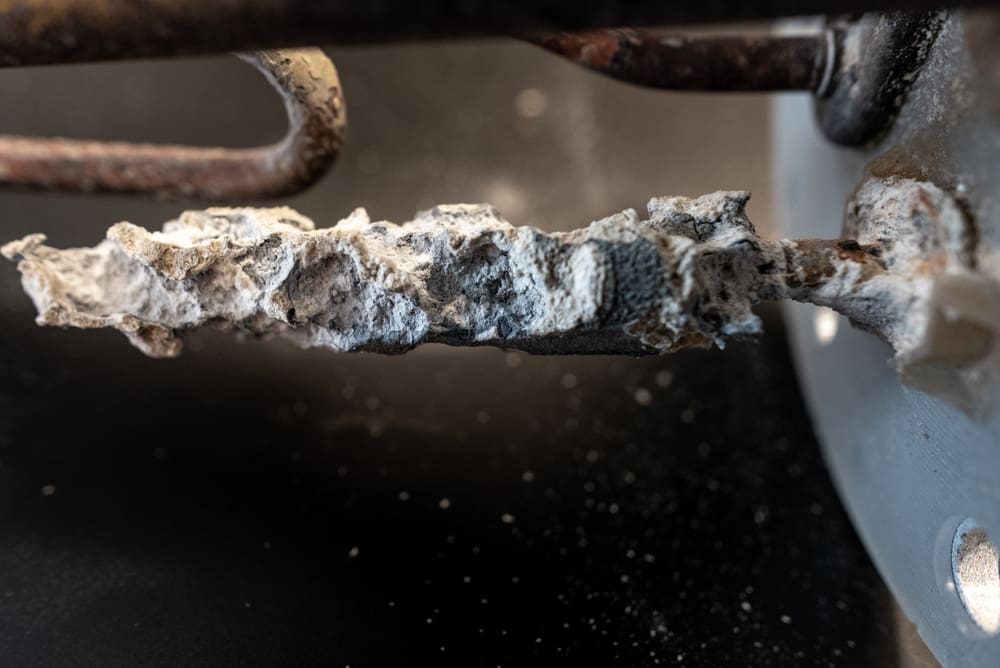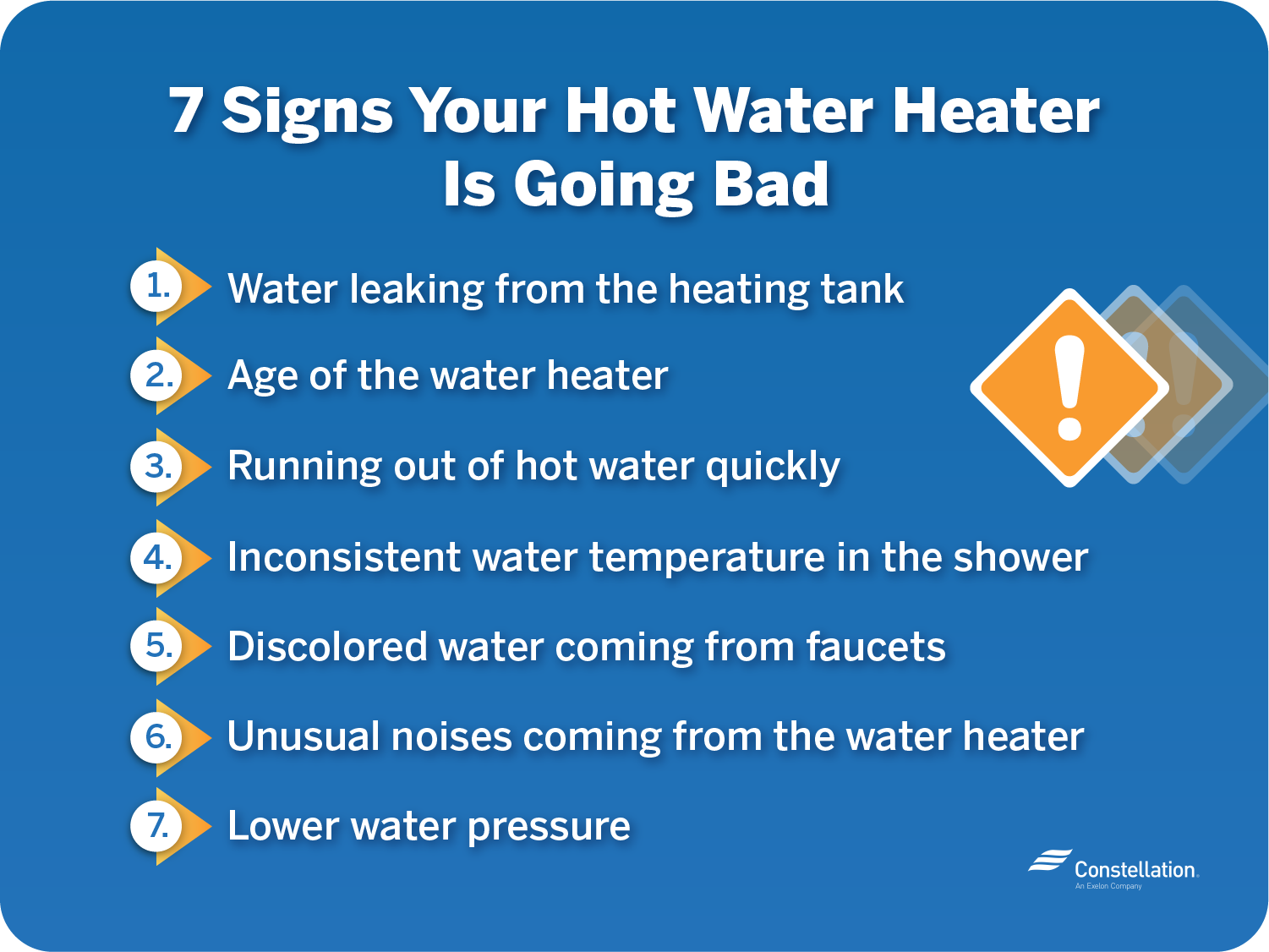Is your morning shower turning into an icy wake-up call? Or perhaps your water heater is making strange noises that have you scratching your head?
If you’ve ever faced the frustration of lukewarm or cold water when you least expect it, you might suspect your water heater element is to blame. Before you start worrying about costly repairs or replacements, let’s explore how you can diagnose the problem yourself.
Understanding the signs of a faulty water heater element can save you time, money, and stress. In this guide, you’ll learn the simple steps to determine if your water heater element is bad, empowering you to take control of your home’s comfort. Ready to dive in and get to the root of the problem? Let’s get started!

Credit: www.elitecustomservices.com
Page Contents
Signs Of A Faulty Water Heater Element
Recognizing the signs of a faulty water heater element can save you from unexpected cold showers and costly repairs. You don’t need to be a plumbing expert to spot these issues. By paying attention to a few key symptoms, you can determine if your water heater element might be failing.
Inconsistent Water Temperature
Have you noticed your shower suddenly turning cold midway? This could be a sign of a faulty water heater element. Fluctuating water temperatures often point to an element struggling to maintain a consistent heat level. Next time you experience this, consider checking the element before calling a professional.
Water Takes Longer To Heat
If your water heater seems to be taking its sweet time to warm up, the element might be the culprit. Remember the last time you had to wait ages for your bathwater to heat up? Such delays often indicate that the element isn’t functioning at its full capacity. A quick inspection can confirm whether replacement is needed.
No Hot Water
Experiencing no hot water at all is the most obvious sign of a bad water heater element. Imagine planning a hot, relaxing bath only to be greeted with icy water. When this happens, it’s time to check if the element has completely failed. Wouldn’t you prefer resolving this yourself before reaching for the phone?
By staying alert to these signs, you can act quickly and ensure your water heater remains in top condition. Remember, a little attention now can prevent bigger headaches later. Have you ever faced any of these issues with your water heater?

Credit: www.youtube.com
Testing The Element
Testing a water heater element can save you time and money. This process helps determine if the element is faulty. Understanding each step is crucial for accurate results. Follow these guidelines to test your water heater element effectively.
Safety Precautions
Safety is a top priority when handling electrical appliances. Before starting, turn off the power supply. This prevents any accidental electric shocks. Use a voltage tester to ensure the power is off. Always wear rubber gloves for additional safety.
Gather Necessary Tools
Having the right tools makes the process smoother. You will need a multimeter to test the element. A screwdriver is essential for removing the access panel. Keep a notepad handy to jot down any observations. Having all tools ready saves time and reduces frustration.
Step-by-step Testing Process
Begin by removing the access panel on the water heater. Carefully take out the insulation covering the element. Use the screwdriver to disconnect the wires attached to the element. Set your multimeter to the lowest ohms setting.
Place the multimeter probes on the element’s terminals. A reading of zero or near zero indicates the element is bad. If the reading is within the range specified in the manual, the element is working. Note down the readings for future reference.
Replacing A Bad Element
Identifying a faulty water heater element involves checking for cold water despite high settings. Listen for unusual noises or inspect for visible corrosion. Testing with a multimeter can confirm if the element is no longer functional.
Replacing a water heater element can extend your appliance’s life. A faulty element often leads to lukewarm water or none at all. Tackling this issue ensures a reliable hot water supply. Here’s a guide to help you through the replacement process.Choosing The Right Replacement
Select the correct element for your water heater model. Check your heater’s manual for specifications. Match the wattage and voltage. These details are crucial for compatibility. Visit a hardware store with this information. Staff can assist in finding a suitable element. Online stores also offer a wide range. Ensure the product is from a reputable brand.Installation Steps
First, turn off the power supply to the heater. Locate the circuit breaker and switch it off. This step ensures safety during the process. Drain the tank to avoid water spillage. Remove the faulty element using a wrench. Insert the new element in the same position. Tighten it securely, but avoid over-tightening. Refill the tank and restore power. Test the heater to ensure proper function.Common Mistakes To Avoid
Do not skip checking the power supply. Working with electricity is dangerous. Ensure the tank is empty before removing the element. This prevents water damage and mess. Avoid using the wrong tools for the job. They can cause damage to the heater or element. Do not rush the process. Careful steps ensure a successful replacement. Always double-check connections before restoring power. This prevents potential hazards or malfunctions.Preventative Maintenance Tips
Preventative maintenance can extend the life of your water heater. Regular checks and simple routines help avoid costly repairs. By focusing on key areas, you ensure efficiency and safety. Below are some essential maintenance tips.
Regular Inspections
Check your water heater every few months. Look for signs of rust or leaks. Make sure the thermostat is working correctly. Listen for unusual noises, like popping or hissing. These could indicate a failing element.
Water Quality Checks
Test your water quality twice a year. Hard water can damage the heater element. Use a water softener to reduce mineral buildup. Clear sediment by flushing the tank regularly. Clean water keeps the heater efficient.
Scheduled Professional Maintenance
Hire a professional to inspect your heater annually. They can spot issues you might miss. A technician can clean and adjust parts. Professional maintenance extends your heater’s lifespan. It ensures safety and performance.

Credit: blog.constellation.com
Conclusion
Identifying a bad water heater element is crucial for home safety. Listen for strange noises. Check for inconsistent hot water supply. Inspect for visible damage or corrosion. Use a multimeter to test for electrical continuity. Replace the element if it fails any checks.
Regular maintenance prevents future issues and ensures efficiency. A well-functioning water heater offers comfort and peace of mind. Always prioritize safety when performing checks. Seek professional help if unsure. Proper care extends the lifespan of your water heater. Keep these tips in mind for a reliable hot water supply year-round.
